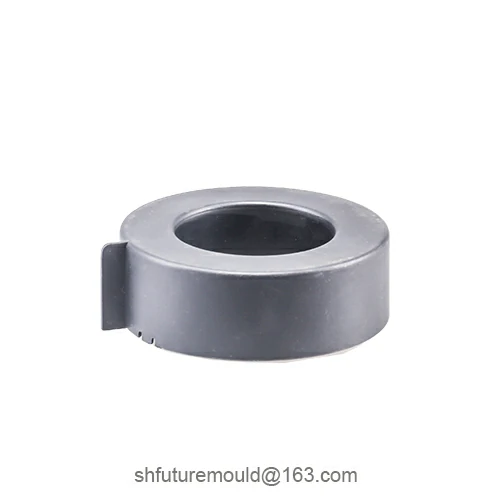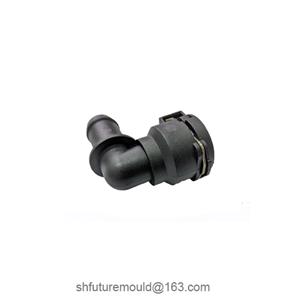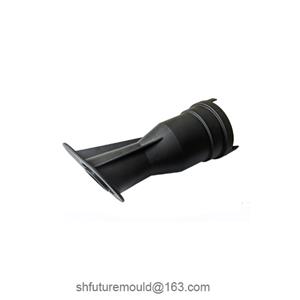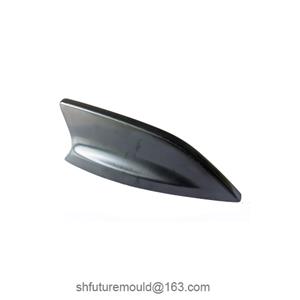How to determine the parting line?
Determining the position of the parting line in plastic molding is a crucial step in mold design. The parting line is the interface between the moving and stationary halves of the mold, and its position directly affects the appearance of the product, the feasibility of demolding, and the complexity of the mold. Here's a breakdown of the key considerations:
1. Product Structure Analysis
Prioritize the largest contour line: The parting line should ideally be set along the largest outline of the product to ensure smooth demolding. This often involves analyzing the product's geometry and identifying the plane where it can be most easily separated from the mold.
2. Appearance Requirements
Hide the parting line: Whenever possible, the parting line should be concealed on non-visible surfaces of the product, such as the inner wall of a mobile phone case.
Decorative lines: If the parting line cannot be hidden, it can be integrated with decorative lines or patterns on the product's surface to make it less noticeable.
High-gloss surfaces: For products with high-gloss surfaces, the misalignment of the parting line needs to be strictly controlled, typically within a tolerance of ≤0.02mm, to avoid visible defects.
3. Functional Requirements
Avoid sealing surfaces: The parting line should be kept away from sealing surfaces and assembly reference surfaces to prevent burrs from affecting the product's performance.
Threaded structures: When the product has threaded structures, the parting line needs to be designed in coordination with the thread's demolding direction to ensure proper removal from the mold.
4. Mold Processing Feasibility
Simplify complex parting surfaces: If the parting surface is complex, the difficulty of CNC machining needs to be assessed. Priority should be given to using flat or regular curved surfaces to simplify mold manufacturing.
5. Simulation and Verification Process
Moldflow analysis: Use Moldflow software to analyze the melt-filling path and confirm that the parting line will not cause air entrapment or weld lines.
T0 trial molding: Conduct a T0 trial molding to check the position where burrs are generated, and then optimize the parting line design based on the feedback.
- Injection Mold
- Automotive Injection Mold
- Electronics & Electrical Injection Mold
- Consumer Goods Injection Mold
- Airplane Components Injection Mold
- Medical Components Injection Mold
- Irrigation Components Injection Mold
- Injection Molds




